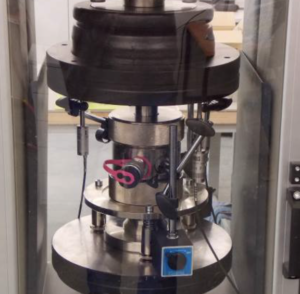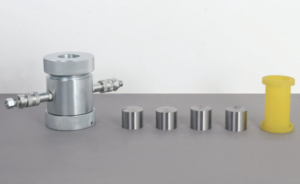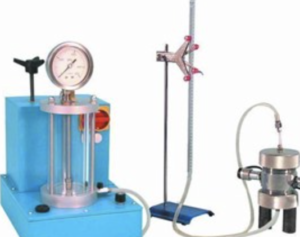How Can You Ensure the Quality of Building Materials Through Testing?
Every structure, from the smallest home to the tallest skyscraper, is only as strong as the materials used to build it. But how do we know if these materials are truly up to standard? The answer lies in systematic testing1. By following consistent and reliable testing methods, professionals can ensure the performance, safety, and longevity2 of construction materials long before they’re put to use.
Standardized Procedures for Initial Building Material Inspection
Quality assurance starts long before construction begins3. Initial inspection ensures that all incoming materials4—whether cement, steel, bricks, or insulation—meet required specifications and are free from defects.
Common Initial Inspection Steps:
- Visual checks for cracks, irregular shapes, or contamination.
- Measurement of dimensions and mass to confirm tolerance.
- Documentation review to ensure material origin and batch compliance.
- Moisture or temperature checks, especially for sensitive products like wood or adhesives.
| Material | Inspection Criteria |
|---|---|
| Concrete | Mix consistency, slump test |
| Steel Rebars | Diameter, rust-free surface |
| Bricks | Size uniformity, edge sharpness |
| Wood | Moisture content, knots, warping |
These standardized inspections—guided by ASTM, ISO, or local codes—create a foundation for trusting every load that enters the site.

Testing Protocols for Assessing Durability of Building Materials
Durability determines whether a building material can withstand environmental stresses5 like moisture, heat, chemicals, and mechanical wear over decades.
Key Durability Tests:
- Freeze-thaw cycles to simulate harsh weather exposure.
- Abrasion resistance tests for flooring or exterior tiles.
- Accelerated aging using UV chambers for polymers or coatings.
- Salt spray or corrosion testing for metal reinforcements.
| Test Type | Material | Purpose |
|---|---|---|
| ASTM C666 Freeze-Thaw | Concrete | Assesses resistance to cracking |
| ASTM D4060 Taber Abrasion | Flooring, Coatings | Measures wear resistance |
| ASTM B117 Salt Spray | Metals | Predicts corrosion resistance |
With these protocols, engineers gain a deeper understanding of long-term performance, not just initial appearance or strength.
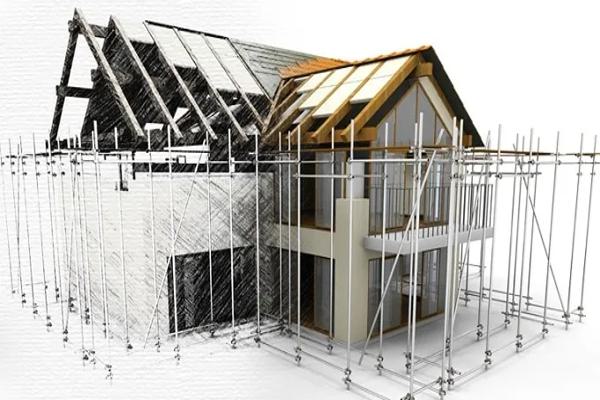
Role of Non-Destructive Testing in Building Material Quality Control
Sometimes, testing must be done without altering or damaging6 the material—especially in quality control or forensic engineering. That’s where non-destructive testing (NDT)7 comes in.
Common NDT Methods:
- Ultrasonic Testing (UT): Detects internal flaws in metals or composites.
- Rebound Hammer Test: Estimates concrete compressive strength on-site.
- Infrared Thermography: Identifies delamination or moisture in walls.
- Radiographic Testing: Reveals voids and inclusions using X-rays.
| Method | Best For | Advantage |
|---|---|---|
| Ultrasonic | Welds, concrete, steel | Internal inspection without damage |
| Rebound Hammer | Concrete slabs, columns | Fast, cost-effective on-site check |
| Thermography | Building envelopes, flat roofs | Visualizes moisture or insulation gaps |
NDT allows real-time feedback during construction and minimizes waste, while still verifying structural soundness.
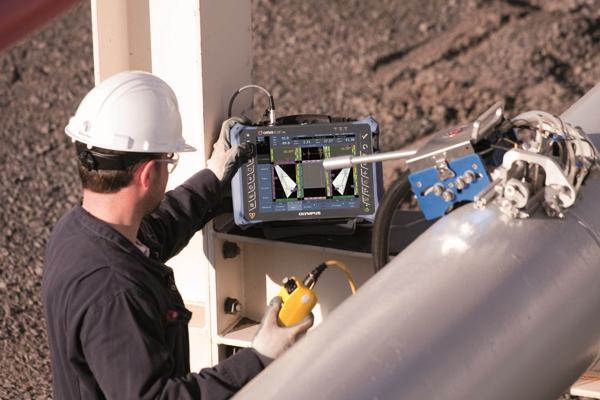
The Impact of Test Results on Building Material Selection
Testing isn’t just about confirming quality—it’s about making informed decisions. Results directly influence what materials are chosen, how they’re used, and whether additional treatment or reinforcement is needed.
How Results Guide Selection:
- Rejecting substandard batches before construction begins.
- Substituting materials when conditions change (e.g., higher exposure risk).
- Adjusting designs based on test data (e.g., increasing thickness or choosing reinforced options).
- Specifying protective coatings or treatments based on chemical test outcomes.
| Test Insight | Decision Outcome |
|---|---|
| Low compressive strength in concrete | Increase curing time or change mix design |
| High corrosion risk in steel | Use epoxy-coated or galvanized steel |
| UV degradation in polymer sealant | Apply UV-resistant coatings or replace |
In this way, testing becomes not just a control measure—but a strategic tool in construction planning and risk management.
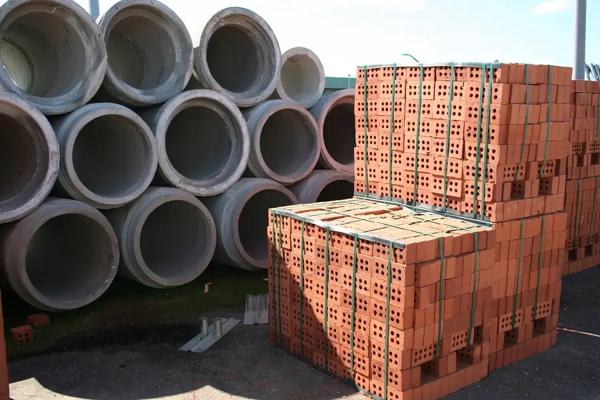
Conclusion
Ensuring the quality of building materials isn’t just about ticking boxes—it’s about protecting lives, investments, and the built environment. Through standardized inspections, rigorous durability tests, non-destructive evaluation, and informed material selection, testing becomes the cornerstone of safe and sustainable construction.
-
Understanding systematic testing is crucial for ensuring the quality and safety of construction materials. Explore this link to learn more. ↩
-
Discover how these factors influence material selection and building integrity, ensuring your projects stand the test of time. ↩
-
Understanding this concept is crucial for ensuring quality in construction projects from the very start. ↩
-
Learn about the significance of material quality in construction to ensure safety and durability of structures. ↩
-
Explore this link to discover top building materials that excel in durability against environmental challenges, ensuring long-lasting structures. ↩
-
This link will offer valuable techniques and methods for conducting tests that preserve the integrity of materials, crucial for quality control. ↩
-
Exploring this resource will provide insights into the advantages and applications of NDT in various industries, enhancing your understanding of its importance. ↩

